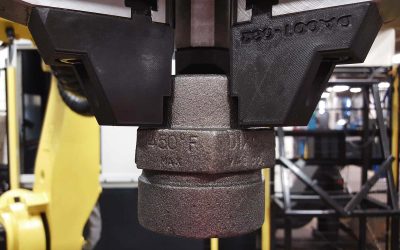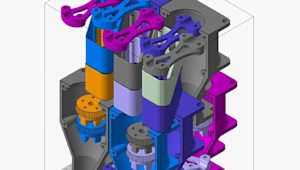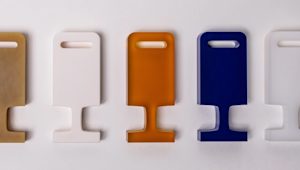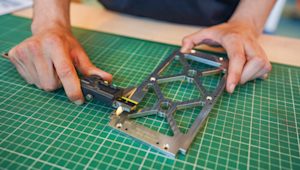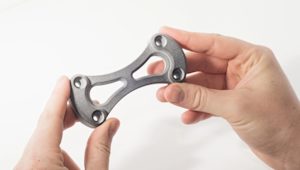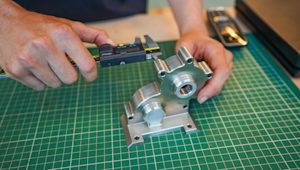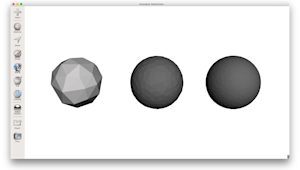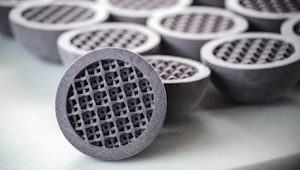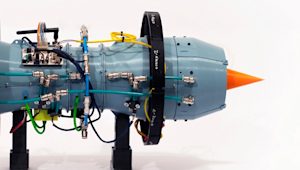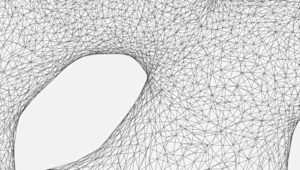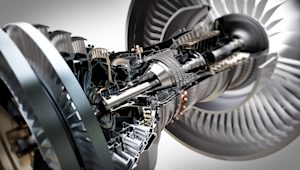Manufacturing techniques such as the implementation of grips, jigs and fixtures in a production line help to improve productivity and reduce costs, especially when coupled with 3D printing.
Additive manufacturing allows for higher levels of design customization and complexity and ramps up the speed and accuracy of producing parts. This makes it an ideal solution for producing tools like grips, jigs and fixtures.
This article outlines the benefits of 3D printing tools and showcases common applications. The article also provides several design tips for engineers hoping to get the most out of 3D printing these specific workpieces.

What are grips, jigs and fixtures?
Grips, jigs and fixtures are tools used to aid in the machining, positioning and assembly of workpieces and parts. They can be made from a wide range of materials (typically steel or aluminum) and are CNC machined to a high tolerance for accurately positioning parts.
Jigs and fixtures can also include attachments that allow the part to be secured in place. The high level of customization and accuracy required for grips, jigs and fixtures usually result in long production lead times.
Grips
A grip is the part of an automation process that is in contact with the workpiece. It is typically used to transfer or orientate the part. These are often custom-designed to match a part's geometry.
Jigs
This tool holds the workpiece in place and also guides the cutting tool (e.g. a drill jig used for a guiding drill bit into the correct spot). Jigs are typically not attached to the machine and can be easily manipulated to align with the cutting tool. As well, jigs are typically made of very hard materials as they must guide a tool to a specific location.
Fixtures
These tools locate, hold and support the workpiece securely as machining or assembly takes place (a vice is a simple fixture). Machining fixtures are generally secured to the machine to withstand the large machining forces the part is subjected to. The accuracy of the part still depends on the operator or assembler.
Overall, the use of well-made workpieces like grips, jigs and fixtures increases productivity, reduces waste, improves the accuracy and repeatability of parts, and makes part production safer and less specialization-intensive.
What are the advantages of 3D printing grips, jigs and fixtures?
Leveraging 3D printing to create tools for manufacturing comes with a variety of benefits, including better pricing, faster production, a wider range of materials available,
How 3D printing reduces tooling costs
The main benefit of 3D printing tools like grips, jigs and fixtures is the reduction in cost. Typically, a grip or fixture would be sent away to be machined by a highly skilled operator on a CNC machine over a number of days.
With 3D printing, once the design of a 3D model is complete the file is sent electronically to the nearest printer, quickly analyzed and printed, with very little human interference required. Grips and jigs made via 3D printing are also produced with much cheaper materials compared to traditional grips and fixtures, further reducing the cost.
How 3D printing improves production speed
The other main benefit of 3D printed grips and fixtures is the speed at which they can be produced. Machining complex metal geometries takes significant planning and highly skilled designers and machine operators. All of this adds up to quite significant lead times of days or even weeks.
Additive manufacturing saves you loads of time. For instance, by using 3D printing to replace an aluminum assembly tool (see image below), a well-known car manufacturer and a client of Protolabs Network, was able to cut lead time by 92% from 18 days to only one and a half days.
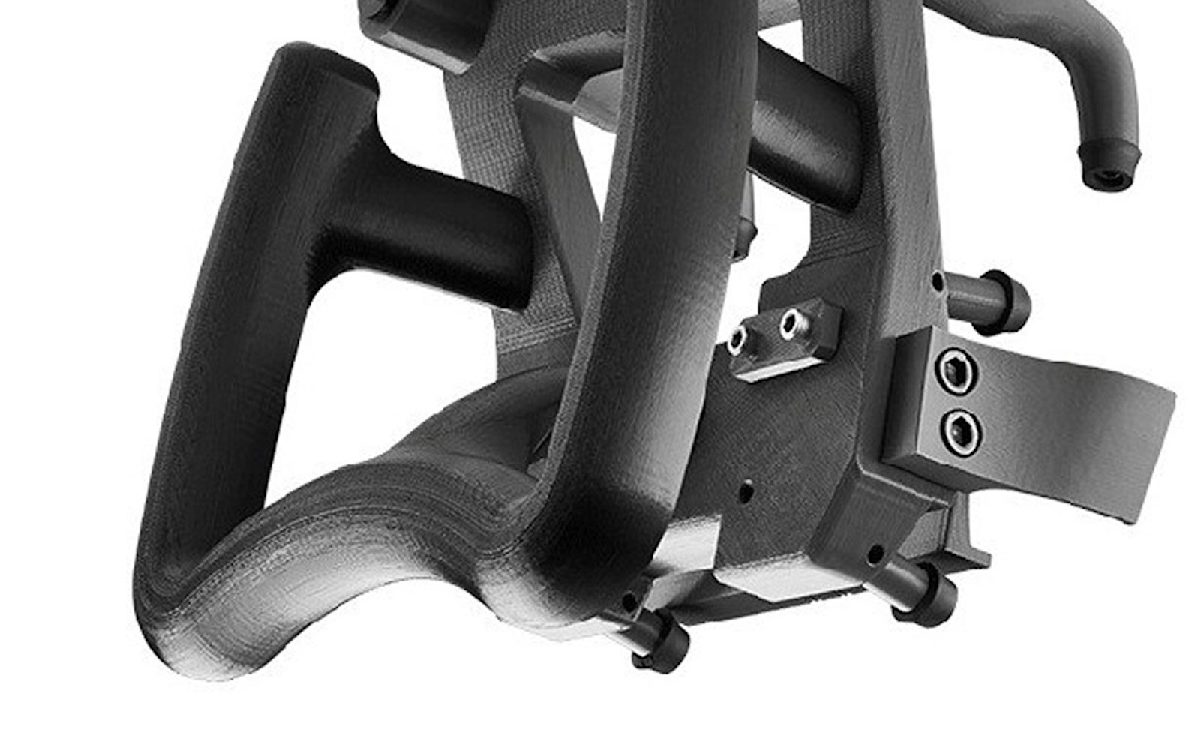
Using 3D printing to broaden material availability
3D printing offers a vast range of materials over a range of technologies. Engineering material properties such as chemical resistance, flame retardancy, heat resistance and UV stability are now widely available in the 3D printing industry.
Parts can be produced or finished in many colors and surface finishes. By using polymeric materials, you limit damage to parts that come in contact with tools, compared to when parts come in contact with more traditional metal fixtures.
The advantages of lightweighting via 3D printing
Grips and fixtures are regularly manipulated by operators, so using lighter, 3D printing materials make tools easier and more efficient to work with.
Industrial FDM parts are not printed solid but rather filled with infill further reducing the weight of parts.
3D printing saves time for more design iterations
3D printing can produce parts faster than traditional manufacturing, giving designers more time to optimize parts over more iterations. Using 3D printing also allows for more complex and ergonomic designs, which improves operational efficiency and comfort.
How 3D printing raises part accuracy
Several 3D printing technologies are able to produce parts with a high level of accuracy (Industrial FDM - ±0.2 mm, SLA - ±0.05 mm and SLS - ±0.1 mm). SLA and SLS can also produce fine and intricate details as well as functional connections like snap fits and interlocking features.
What are the common applications of 3D printing tools?
| Application | Requirements | Solution |
|---|---|---|
| Bench top assembly jig | High level of customization; Simple to secure to a bench; Ergonomic design; Integrated electronics; Wear-resistant material that will not damage parts | Industrial FDM allows for a large build size and uses a range of engineering materials (including nylon and PEEK). Very cost effective compared to traditional manufacturing methods and one of the faster methods of 3D printing. |
| Automated robotic arm grip | High accuracy to match part geometry exactly; Chemical- and wear- resistant material; Simple interchangeability and replacement | SLS produces wear and chemical resistant parts at a high accuracy (± 0.1 mm) from sintered nylon with no need for support and very few design constraints. |
| Hand-held assembly device | Lightweight and stiff material; Ergonomic design with complex organic shapes; Threaded inserts or holes for attaching brackets Accurate part placement | Industrial FDM is able to produce large, lightweight parts. They ability to produce threaded holes means parts can be assembled together. |
| Co-ordinate measuring machine (CMM) inspection fixture | Rigid connections to part for accurate positioning during measurement; Quick construction to allow accurate prototype testing; High level of customization; Rapid design iterations to match design changes; No contact marking or scratching | SLA components are produced with a photopolymer resin and allow for a high level of detail and accuracy (± 0.05 mm). There are a range of engineering resins available with properties to suit all applications. While SLA build volume is typically much smaller than industrial FDM or SLS, SLA parts are can be printed as attachments to larger universal connections. |
| Clearance gauge | High accuracy; Chemical and wear resistant material; Easy to maintain and replace | SLA is perfect for fine details where clearance and fit are important. |
| Custom part specific storage | Low accuracy needed; High level of customization; Easy tool removal and placement; Large size; Color coding | Industrial FDM provides a large build envelope and provides good dimensional accuracy (± 0.2 mm). It is easy to design and print with and comes in a range of colours for easy tool identification |
How Dixon Valve 3D prints robotic grips to save time and reduce costs
Dixon Valve’s US manufacturing facility in Maryland, USA, deals with thousands of different valves, fittings and gauges. Each product line requires custom equipment, including tooling and grips to hold specific parts efficiently.
To reduce costs and save time, Dixon Valve makes use of robotic arms in production line cells for part transfers. The custom grips attached to the end of each robotic arm used on the line require high strength, need to be user-friendly and safe, have chemical resistance due to the working environment and wear resistance from repeated use.
After comparing traditional manufacturing techniques to 3D printing options, a set of Onyx jaws (printed on a Markforged printer) were designed and printed for the end of each robotic arm. The time and cost savings are summarized in the table below.
| Cost | Time | |
|---|---|---|
| CNC machining service | $290.35 | 72 hours + shipping |
| Printed on Markforged | $9.06 (-97%) | 9 hours, 20 minutes (-87%) |







